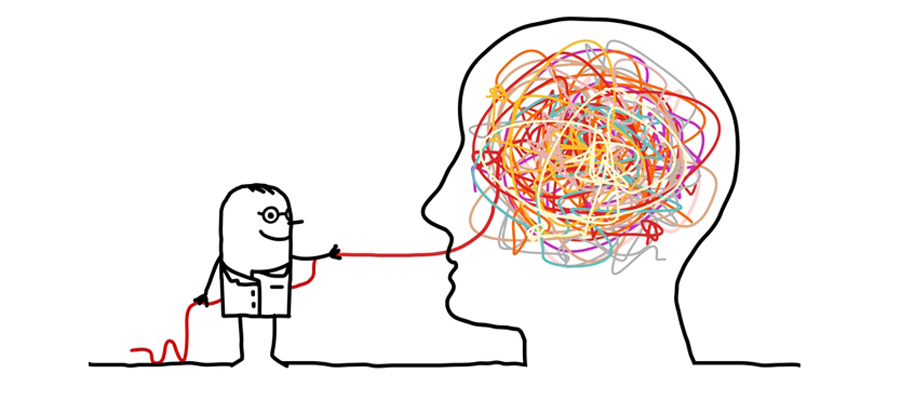Some say the world is divided into humanities people and science people; artists and geeks; intuitive types and analytical types. You’re either one or the other, and our culture, education system, workplaces and news media do their level best to reinforce this divide. But throughout history, it’s been proven over and again that if you want to be truly innovative, reaching across the divide between the sciences and the arts is the starting point for triggering the boldest ideas.
From Leonardo Da Vinci to Frank Gehry, some of our greatest achievers have balanced that territory between art and science, or, as Steve Jobs repeatedly stated, the intersection between technology and liberal arts.
I’ve just finished reading Walter Isaacson’s wonderful new book, The Innovators, in which he charts the 150-year history of the computer revolution. Among one of the many important insights he has about this collection of technical pioneers is that many of them also embraced the arts. The very first of these, Dame Ada Lovelace (1815-52), was passionate about mathematics and poetry (she was the daughter of Lord Byron), and it was these combined passions that led her to see the real potential behind Charles Babbage’s Analytical Engine, the predecessor to the first computer. In letters between Lovelace and Babbage, she explored some of the basic concepts that would drive the development of computers, including the idea that machines could be programmable and that computers could go beyond calculation and act on anything that might be represented symbolically.


Comentarios recientes